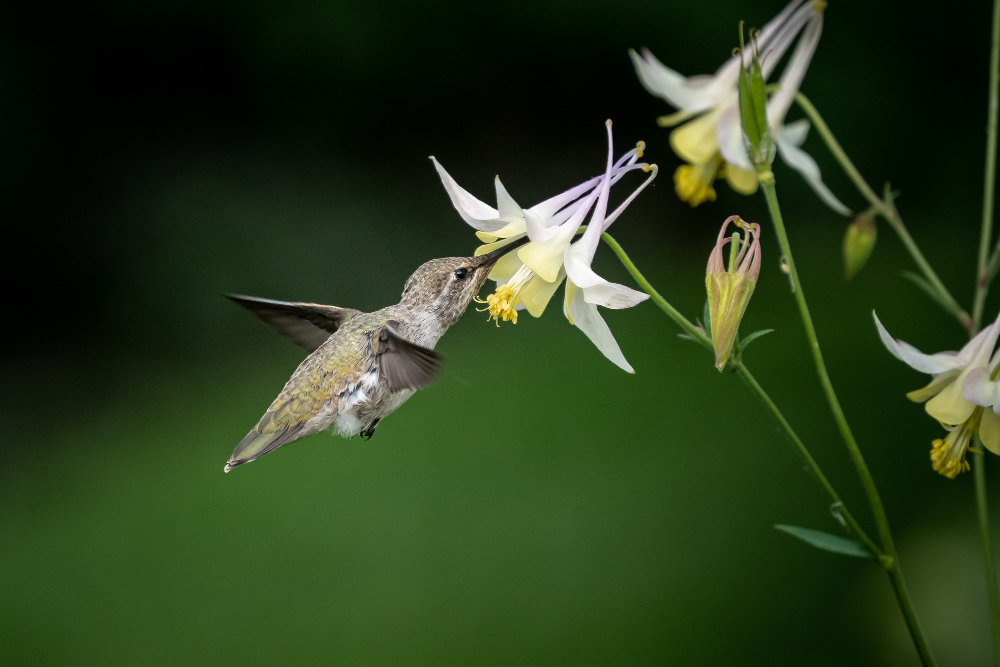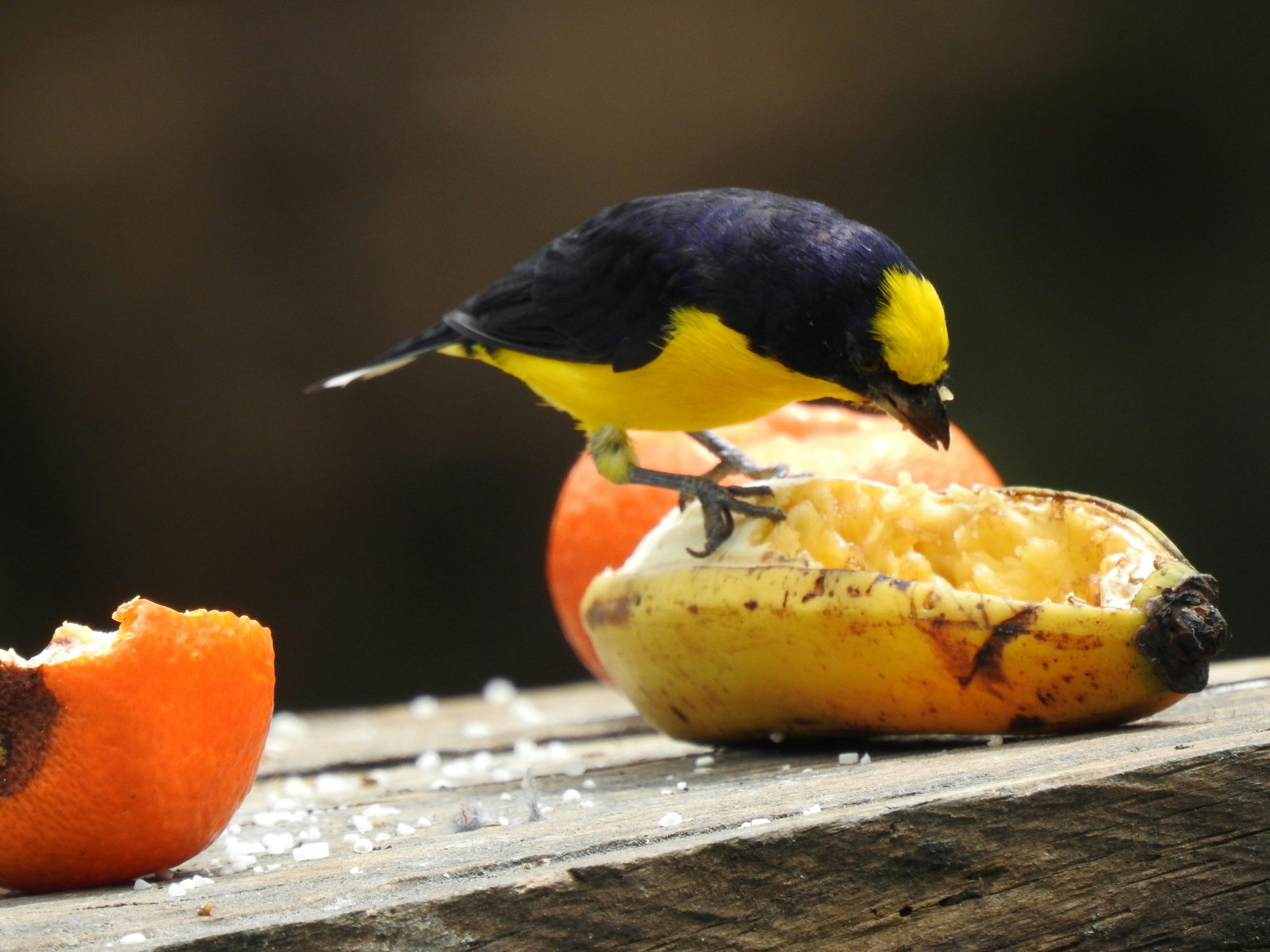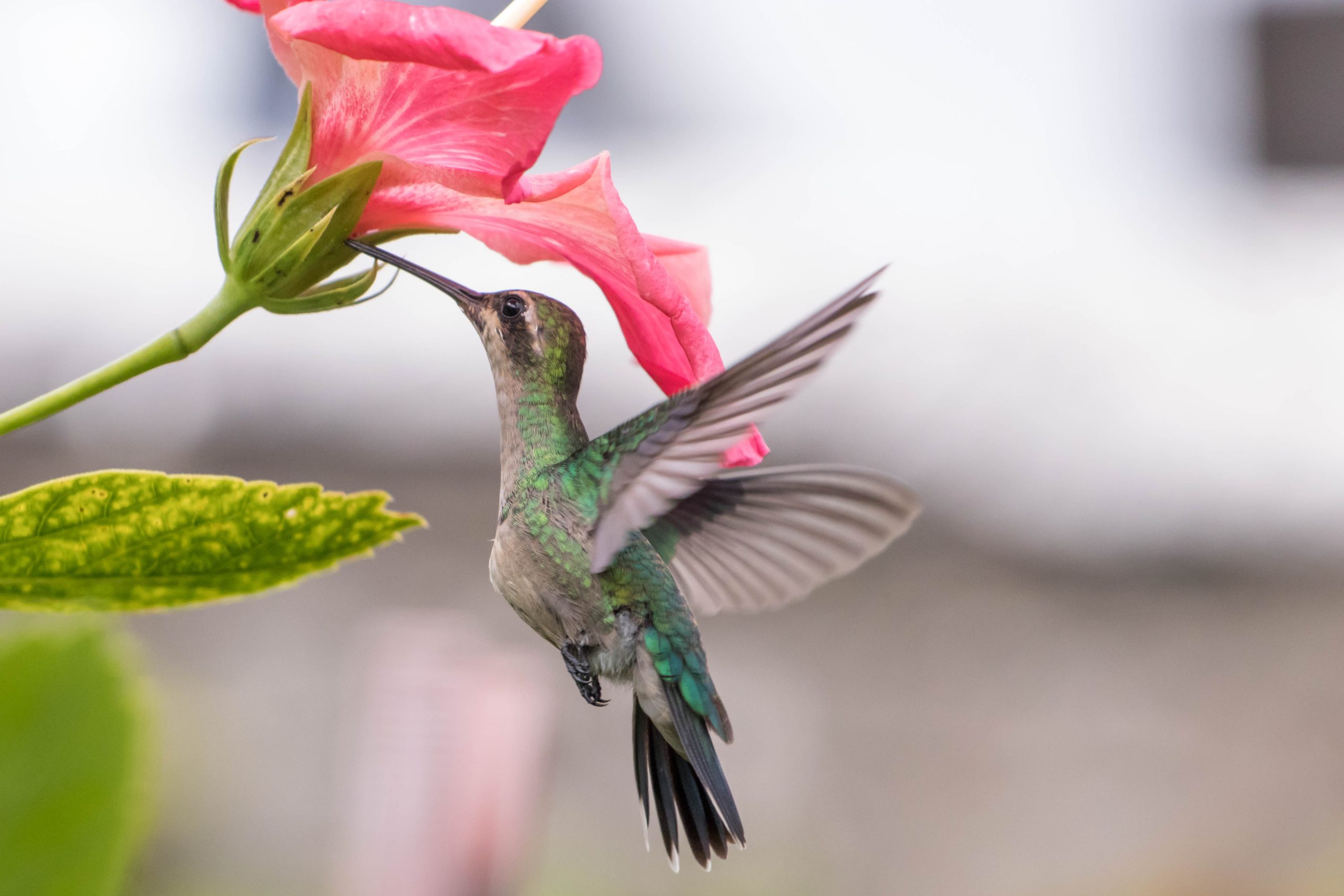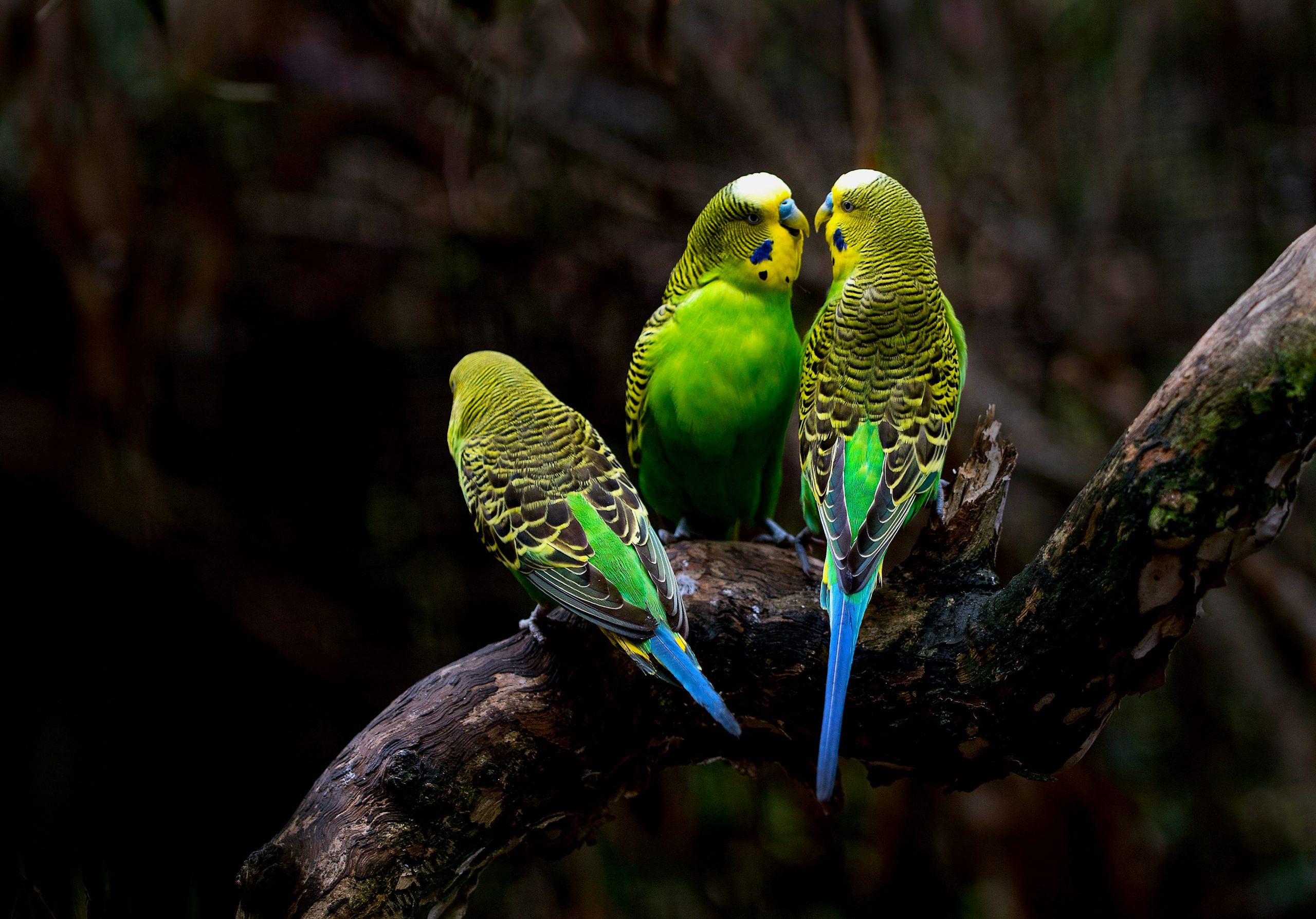Hummingbirds have uniquely high metabolisms and energy demands. With strategic timing of their feeding, they can maximize their energetic efficiency. What is the Best Time of Day for Hummingbirds to Feed? Understanding when hummingbirds prefer to visit flowers and feeders allows us to cater to their natural behaviors.
What is the Best Time of Day for Hummingbirds to Feed?
Hummingbirds have very fast metabolisms and need to feed frequently throughout the day to sustain their high energy levels. Determining the ideal times to put out hummingbird feeders depends on several factors, including the region and season.
When to Put Out Hummingbird Feeders by Region
The best time to put out hummingbird feeders varies across different regions where hummingbirds live or migrate. Here are some general guidelines for the most popular hummingbird feeding areas:
Pacific Northwest
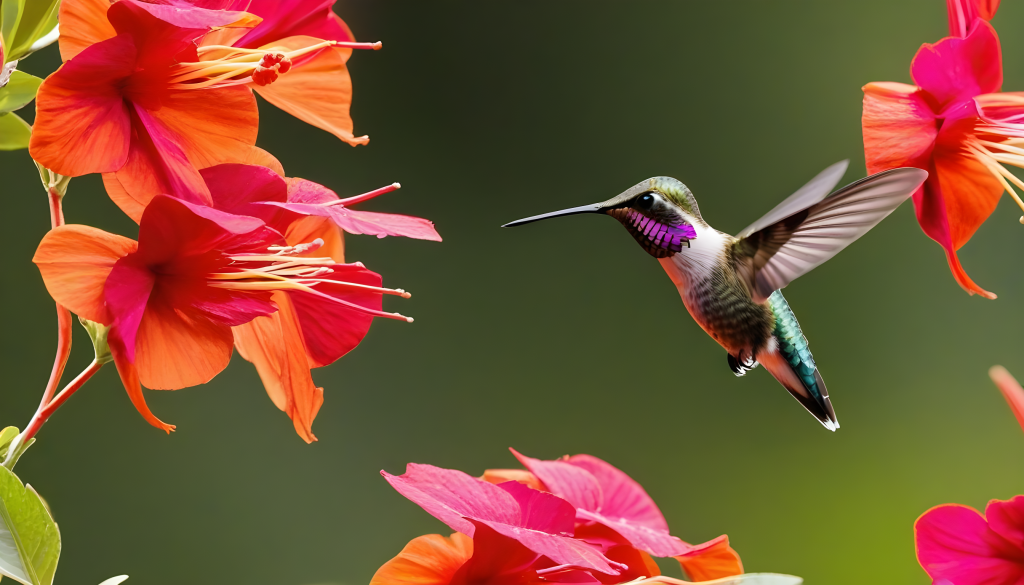
- Put out feeders in early April as hummingbirds arrive from migration
- Leave feeders up until mid-September before fall migration
- Peak feeding times are early morning and late afternoon
Southwest
- Put out feeders as early as late February as hummingbirds come out of winter torpor
- Leave feeders up year-round as some hummingbirds do not migrate
- Peak feeding times are mid-morning and early evening when temperatures cool
Midwest
- Put out feeders in early May about two weeks before hummingbirds arrive
- Take in feeders in early October before fall migration
- Peak feeding times are mid-morning and late afternoon
Southeast
- Put out feeders as early as mid-March for early migrating hummingbirds
- Leave feeders up year-round as some hummingbirds do not migrate
- Peak feeding times are early in the morning and early evening
Northeast
- Put out feeders in mid-April about one month before hummingbirds arrive
- Take in feeders in early October before fall migration
- Peak feeding times are mid-morning and late afternoon
Regional Clues for Feeding Hummingbirds
Watch for natural clues in your local environment to determine when hummingbirds arrive in the region each year. Here are some signs hummingbirds are returning or passing through:
- Flowering plants: Native plants and early bulbs drawing nectar-seeking hummingbirds
- Insect hatches: Increased flying insects providing food for insects
- Nesting activity: Females gathering nest materials and nesting in trees and shrubs
- Territorial behavior: Males seeking nesting sites and defending feeding areas
These behaviors signal it is time to put feeders out to provide supplemental nectar for arriving and migrating hummingbirds in your area.
Cleaning Feeders and Replacing Nectar
To keep feeders safe and appealing for hummingbirds, it is important to follow these maintenance practices:
- Empty, clean, and rinse feeders with hot water every 3-5 days
- Disinfect feeders with white vinegar 1-2 times per month
- Replace nectar solution every 2-3 days in hot weather
- Store unused nectar solution in the refrigerator for no more than 1 week
Following these guidelines for fresh nectar helps attract when hummingbirds feed to clean feeders.
What Time of Day Are Hummingbirds Most Active
Hummingbirds are most active in the early morning and late afternoon hours. Their high metabolism requires them to feed frequently throughout the day, but they display peak activity levels during the transitional times between night and day.
In the early morning before the sun fully rises, hummingbirds can be seen briskly feeding on nectar from flowers to replenish their energy after sleep. As the day progresses, they remain active visiting flowers, but reduce their feeding efforts during the hottest midday hours. Hummingbirds instead spend more time resting out of the intense sunlight. Then in the late afternoon when the sun begins lowering in the sky, another major bout of feeding activity occurs.
Hummingbirds get an energy boost from nectar to prepare for nighttime fasting. Their routines are attuned to these key foraging periods at dawn and dusk when blossoming flowers provide the most nectar rewards. So early risers and late gardeners are most likely to observe the excited antics of hummingbirds.
Do Hummingbirds Feed at Night?
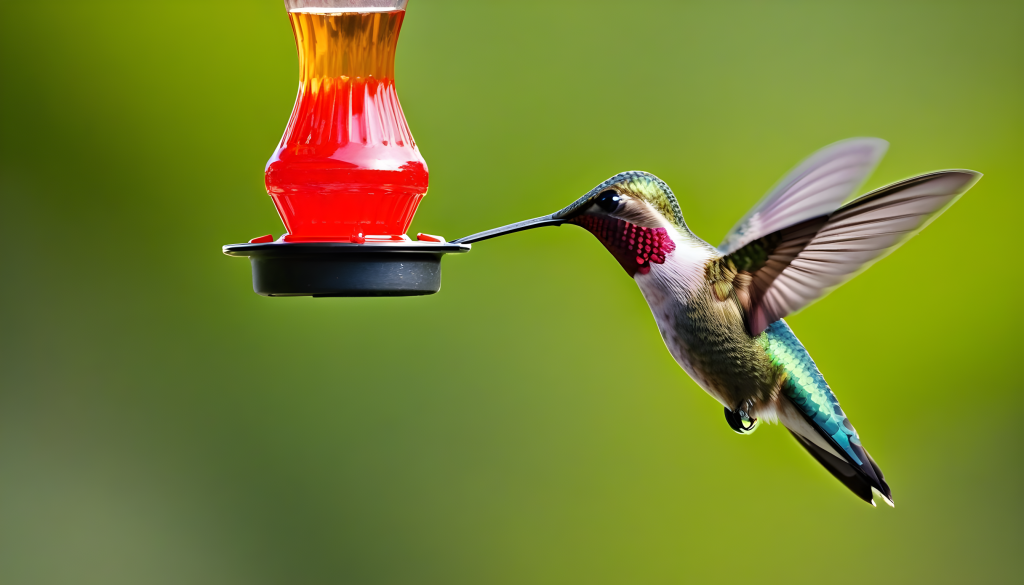
when hummingbirds feed do not typically feed at night for several physiological and behavioral reasons:
- Vision: Hummingbirds have poor night vision and cannot see to locate flowers and feeders in the dark.
- Torpor: To conserve energy when food sources are unavailable, hummingbirds enter a deep sleep state called torpor at night.
- Migration: Many hummingbird species continue migrating overnight, relying on quick daytime feeding.
- Temperature regulation: At cooler nighttime temperatures, hummingbirds are vulnerable and lose body heat rapidly. Feeding requires raising their body temperature which uses precious energy.
So while when hummingbirds feed may wake before sunrise in anticipation of the morning light and feeding opportunities, they do not generally feed until it is light outside. That makes early morning an important fueling time.
Ideal Feeding Times by Season: What is the Best Time of Day for Hummingbirds to Feed?
The best times of day to observe active hummingbird feeding shifts across the seasons with changing daylight, temperatures, and flower/nectar availability.
Spring
- Early morning: Warm sunlight raises hummingbirds’ body temperature and lights the garden to find food.
- Mid-morning: Frenzied activity seeks peak nectar production in flowers and feeders.
- Late afternoon: Fuels up before overnight fasts and migration travel.
Summer
- Early morning: Fuels up after fasting overnight by emptying feeders fast.
- Mid-morning: Searches for any fresh flowers and nectar.
- Late afternoon: Activity increases again before overnight fast begins.
Fall
- Early morning: Needs quick energy before continuing migration.
- Mid-morning: Refuelling time between long migration legs.
- Late afternoon: Final feeding burst before migratory overnight travel.
Feeding Schedule Recommendations
Given when hummingbirds feed feeding patterns based on the time of day, time of year, and your climate:
- Begin putting feeders out 1-2 weeks before hummingbirds arrive in spring
- Have fresh nectar available in the early morning and refresh it midday
- Continue replacing nectar twice daily during spring and fall migration seasons
- Clean feeders thoroughly every 2-5 days and replace nectar more slowly during hot summer months
- Remove feeders after 1-2 weeks with no hummingbird activity before winter
Following these general recommendations helps provide nectar when energetic hummingbirds need it most. Watching activity around your feeders and any environmental cues in your area will further refine an optimal feeding schedule.
Environmental Conditions Affecting Feeding
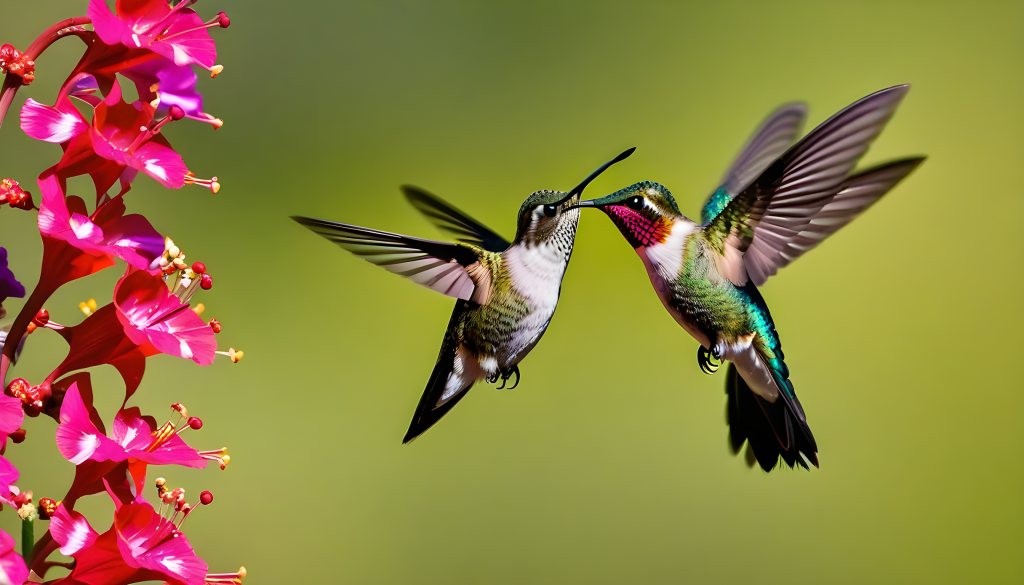
Hummingbirds adapt their feeding behavior based on temperature, precipitation, and other environmental factors:
- Cold temperatures – when hummingbirds feed almost continually to raise body temperature and avoid torpor.
- Heat waves – Alter feeding times to the cooler parts of very hot days to prevent overheating.
- Rainstorms – Seek shelter and conserve energy rather than feeding during downpours.
- Wind – Have more difficulty maneuvering to feeders and flowers on gusty days.
- Drought – Rely more on supplemental feeders when natural flowers are less productive.
Being aware of these conditions helps anticipate when hummingbirds may feed more heavily at your feeders so you can have ample nectar available.
Early Morning Feeding
As many active when when hummingbirds feed feed hummingbird species are migrating in spring and fall, early morning is an essential feeding period before they continue their strenuous travel.
By emptying feeders very quickly at dawn, hummingbirds indicate they have been fasting overnight. Providing fresh nectar first thing allows them to stock up on energy and thermoregulate for the demands of migration or establishing nesting territories.
Continual Visits Through Daytime: when do you feed hummingbirds
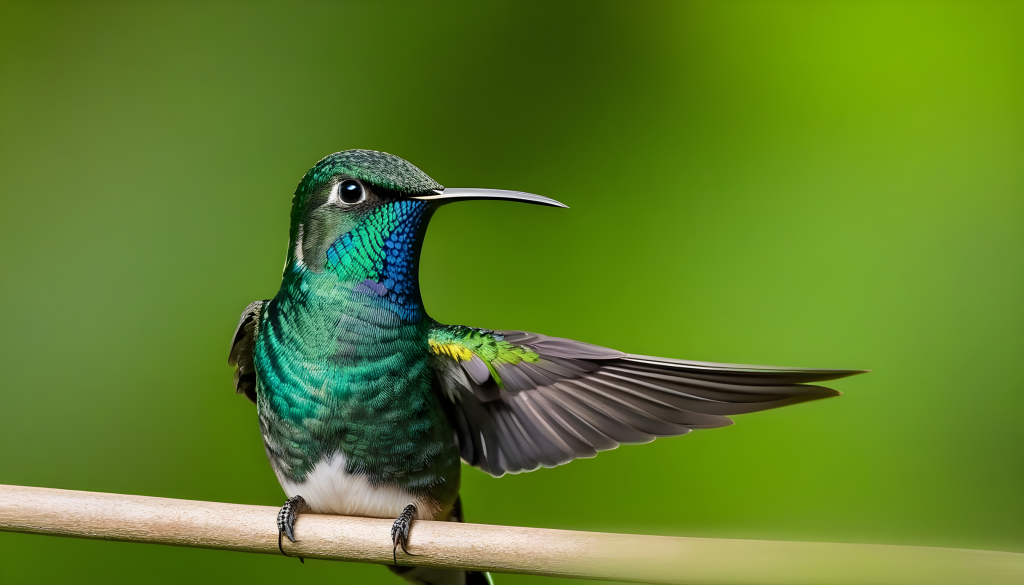
The high metabolism and energy needs of when hummingbirds feed require frequent feeding bouts throughout daylight hours. Periods of intense energetic activity such as chasing, mating and migration result in hurried visits searching for rapid calorie intake from nectar sources.
By watchfully keeping feeders full and fresh during these intensive feeding times, supplemental nectar helps sustain hummingbirds fuel reserves. This ensures they do not risk starvation before finding their next meal
Conclusion: when hummingbirds feed
Determining when hummingbirds feed at feeders most actively depends on the season, local climate, daylight hours and other behavioral and environmental factors. While they do not feed at night, having nectar available first thing in the morning and continually renewing it during daytime provides essential food resources.
Tuning feeding schedules to the regional arrival and departure of migrating hummingbirds, adjusting to seasonal shifts in activity patterns, and paying attention to weather conditions helps provide better support. Understanding daily and seasonal feeding needs is key to attracting and sustaining hummingbird populations with supplemental nectar sources.
FAQs: hummingbird species
When do hummingbirds feed the most during spring migration?
when hummingbirds feed Having fresh nectar available starting at dawn helps migrating hummingbirds prepare for a long day of flying.
Do hummingbirds drink rainwater?
While hummingbirds meet most of their water needs from flower nectar, they will occasionally drink rainwater from leaves, branches and even gutters during or immediately after rainstorms.
Do hummingbirds feed more in hot or cold weather?
Hummingbirds actually need to feed more often in cold temperatures to raise their body heat and prevent going into torpor. Hot weather may alter their feeding times toward cooler parts of the day but their nectar consumption remains continually high.
How often should hummingbird feeders be cleaned?
To prevent mold, bacteria or fermentation, hummingbird feeders should be emptied, cleaned and refilled every 2-5 days. This ensures fresh nectar is always available without contamination risk.
Can hummingbirds feed after dark if lights are around a feeder?
While small lights around feeders may help hummingbirds locate nectar after dusk, they still generally do not feed until daylight due to vision, temperature regulation and other behavioral adaptations.
Do hummingbirds feed more around red flowers or feeders?
While the color red does help attract hummingbirds, they can see equally well many other colors in the visible spectrum. Nectar quality is more important than color in sustaining frequent feeding.
when to feed hummingbirds?
The average hummingbird feeds 5 to 8 times per hour. With daylight hours, that equates roughly to hundreds or even thousands of feeding bouts per day to power their high metabolism and energy expenditures.
What time of year do hummingbirds feed the least?
During winter months when some hummingbird species enter torpor states to conserve energy, they can go days to weeks without feeding. Their metabolism and heart rate slows allowing them to survive colder months.
Where do early spring migrating hummingbirds get food?
The first flowering plants and early insects provide initial food sources for pioneering hummingbirds returning from migration. Early feeders provide backup support until additional flowers bloom.
What happens if a hummingbird does not get enough food?
Young hummingbirds and adult migrants can starve in less than an hour if they cannot find adequate nectar or small insects. Supplementary feeders help provide emergency fuel to prevent starvation.

